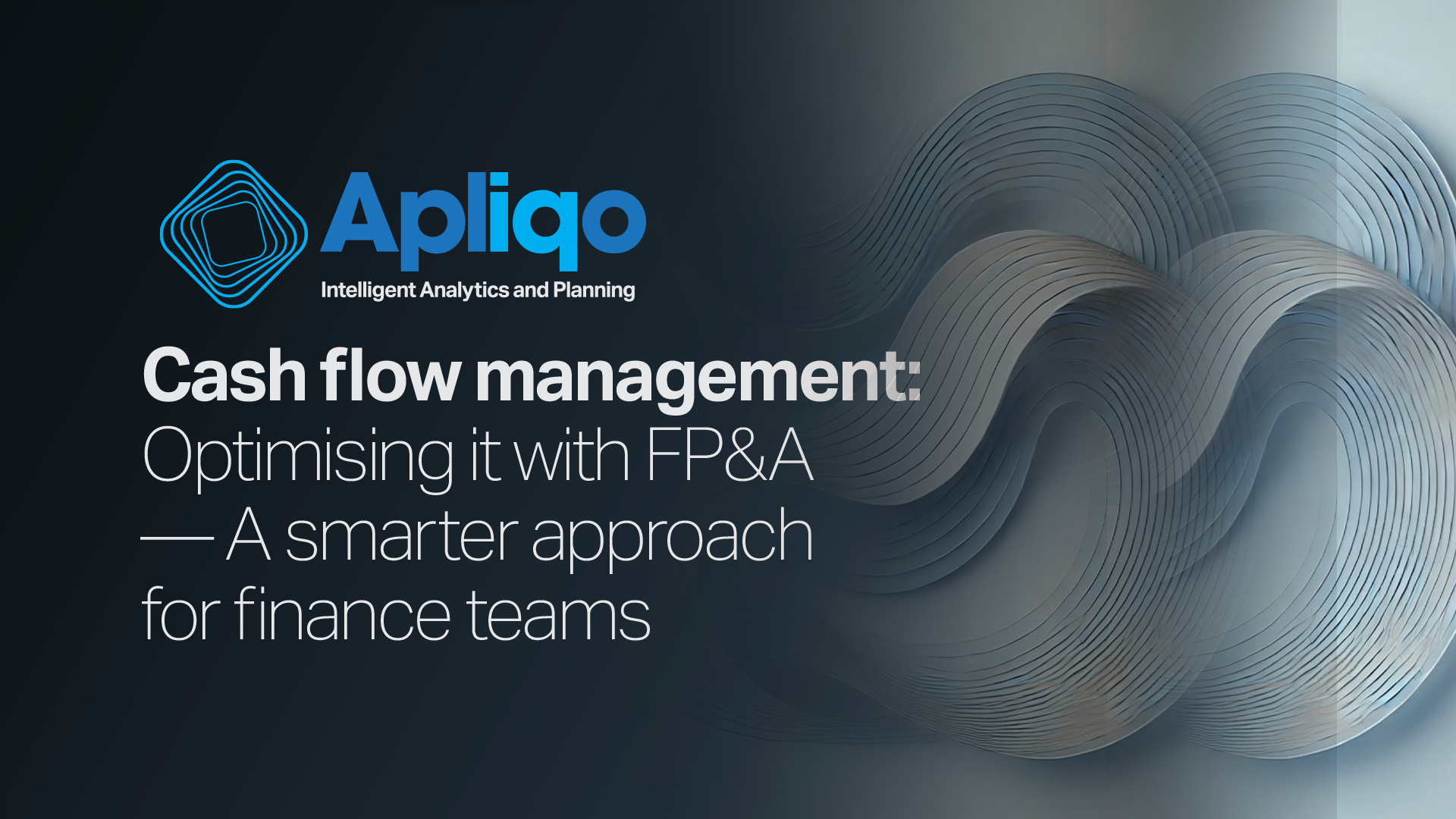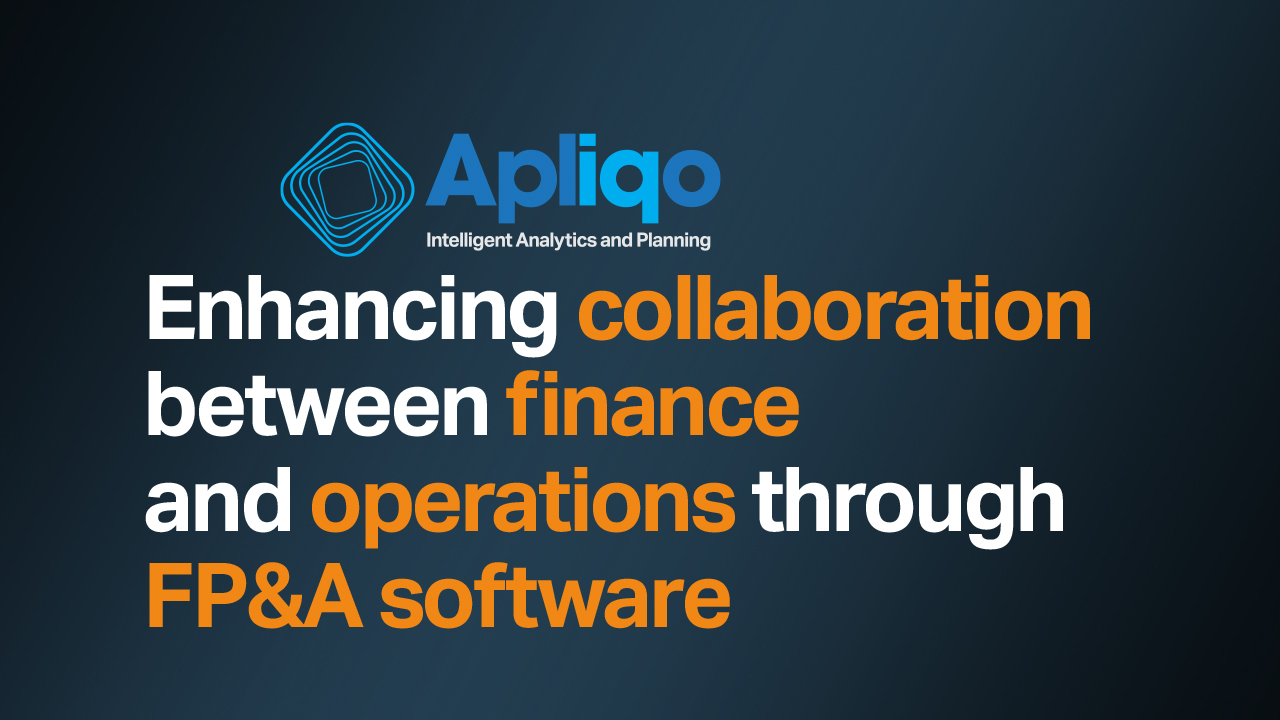Enterprises are helped to achieve their set targets or to take corrective action if unforeseen changes occur in the background conditions. In this blog we show how the implementation of a driver-based planning concept enables companies to achieve a competitive edge over their rivals.
It is an indisputable fact that a majority of enterprises do plan, but have to contend with all kinds of challenges. If a company cannot find the right answers to these challenges, there is a risk that planning will not be taken seriously; this will have a negative impact on the business. The reasons for the failure are very complex, that is why we will focus here on the benefits of driver-based planning and explain how to define the most important value drivers.
Definition of value drivers
One important contributory factor to better acceptance and greater accuracy of the planning process lies in the definition of value drivers and the use of reference values.
The aim is to significantly accelerate the planning process by means of a driver-based logic and reduce complexity, thus leaving more time for analysis, simulation and scenario modeling. The input of planning values per company, cost center, profit and loss account and month is extremely time-consuming and can be greatly simplified by using value drivers in planning.
The basic idea behind this concept enables the persons responsible for planning to choose the relevant value driver for each account, planning element and business dimension, to enter a value for the planning element and then move on directly to an analysis based on the predefined calculation logic (final planning value and monthly distribution).
The planning model within a company must have the flexibility to leverage existing drivers and easily integrate additional enterprise-specific drivers without abandoning the concept of integrated planning.
Value drivers for profit & loss statement
The profit and loss view of the business is an important component. Companies need the opportunity to define their relevant business dimensions with specific reference to customers. These are based on standardized business dimensions (company, version and currency) that are important for meaningful reporting and planning. The table below shows an example of possible business dimensions.
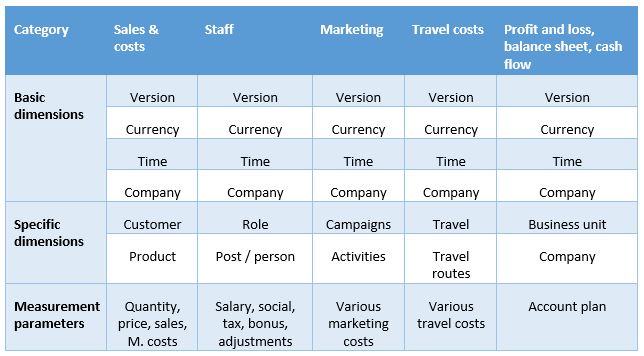
The use of reference values is an important basis for the implementation of driver-based planning. Pre-configured drivers and calculation models can refer back to existing reference values and greatly simplify planning. The definition of reference values is individually adjustable and may contain e.g. information about the previous year, the current annual plan, the latest results for the year or the latest forecast for the year.

Value drivers for partial plans
It is also possible to integrate company-specific partial plans (important profit and loss and balance sheet items for businesses), which are very often already available in uncoordinated Excel data files. The value drivers for partial plans differ widely by company and industry. It is important for each company to first understand the key drivers of their business and make them transparency in an analytical layer. This information allows companies to define drivers for the partial plans of their business.
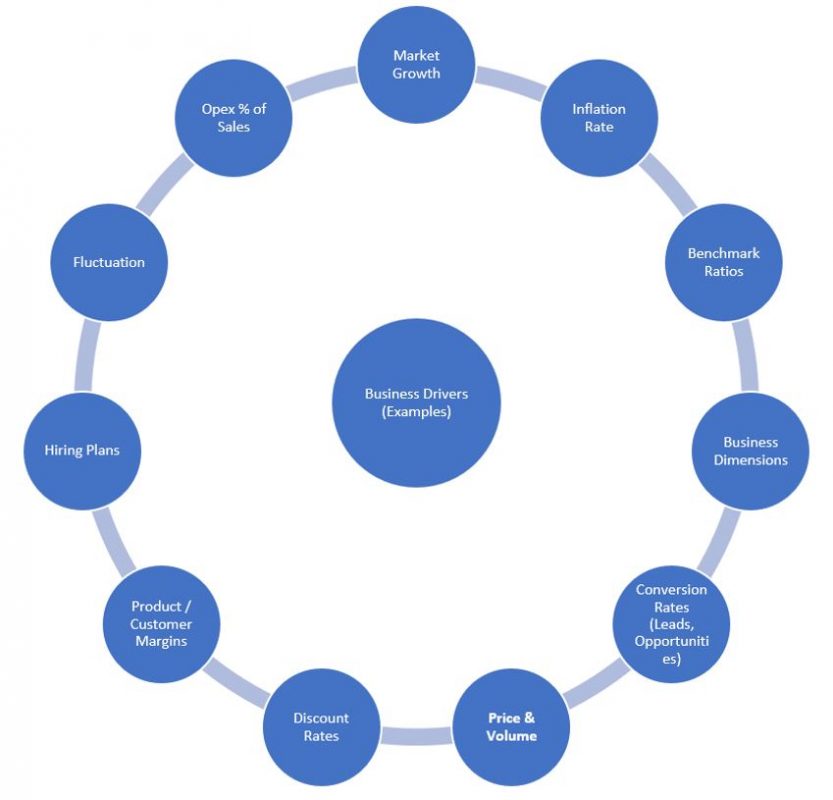
Value drivers for balance sheet
For balance sheet planning, companies should again adopts the concept of driver-based planning and the staff members responsible for planning can select pre-configured drivers for each balance sheet item. The table below shows an overview of the existing reference values and drivers for the net current asset items and illustrates the resulting opportunities for balance sheet modeling:
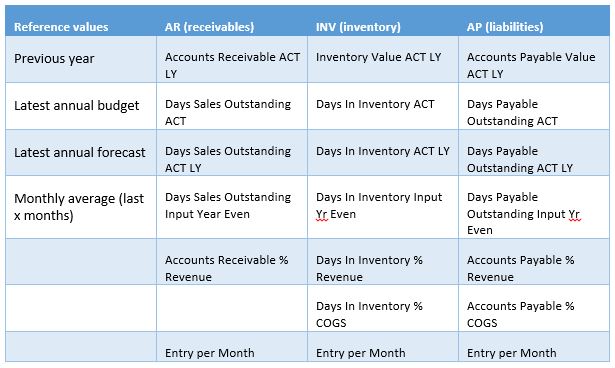
Cash flow statement – closing the loop
When dealing with the cash flow statement, many users have difficulty tracing the relevant items. However, with a complete profit and loss account and a constantly updated monthly balance sheet movement per item, the preparation of the cash flow becomes a simple mapping exercise. Once defined, rolling cash flow planning brings a huge competitive advantage for companies.
Conclusion
A Driver Based Planning Model can be used for overall and result planning (profit and loss, balance sheet, cash flow) and various partial plans. The concept is essential to enable the management to perform simulations and scenario analyses and, by the same token, determine the impact on important profit and loss, balance sheet and cash flow items.
Do you wish to know more about the driver-based planning method?
Register HERE to join our FP&A Board meeting in Frankfurt on the 9th May 2018. The Board will interactively discuss why driver-based planning matters for modern FP&A.
AND
Read the extended version of this blog HERE.


